Few superheroes have made as indelible a mark on pop culture as Batman. Since his debut in 1939, Batman has evolved from a shadowy vigilante to one of the world’s most beloved and complex characters. Let’s dive into the fascinating history of the Dark Knight, tracing his origins, development across media, and cultural impact.
The Birth of Batman: 1939
Batman was created by artist Bob Kane and writer Bill Finger. The character first appeared in Detective Comics #27 in May 1939. Inspired by pulp heroes like The Shadow and literary figures like Zorro, Batman was a sharp departure from the bright and optimistic Superman, who had debuted just a year earlier. Batman, also known as Bruce Wayne, is a billionaire playboy who, after witnessing the murder of his parents as a child, swore to fight crime using his intellect, detective skills, and wealth.
Unlike Superman, Batman had no superpowers. He was a human relying on his physical prowess, gadgets, and brilliant mind. His early adventures had a dark, noir style, with Batman often confronting mobsters, corrupt politicians, and mad scientists.
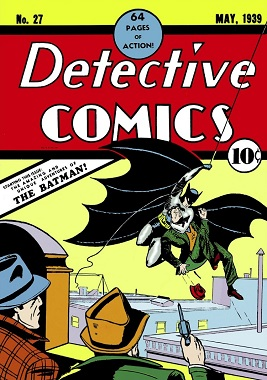
The Golden Age and Evolution: 1940s-1950s
Batman quickly became a hit, earning his own comic series in 1940. The same year introduced two key figures: Robin, the Boy Wonder, and the Joker, Batman’s arch-nemesis. The addition of Robin lightened Batman’s tone, making him more appealing to younger readers. Villains like Catwoman, Penguin, and Two-Face also emerged, enriching Gotham City’s rogues’ gallery.
During the 1950s, as the superhero genre faced a decline, Batman’s stories grew more whimsical and fantastical. The era saw Batman battling aliens, traveling through time, and even donning brightly colored suits. The influence of the Comics Code Authority, which censored comic books, also played a role in toning down Batman’s dark, violent origins.

The Silver Age and Campy Batman: 1960s
The 1960s saw a resurgence of interest in Batman, thanks in large part to the wildly popular Batman TV series starring Adam West. The show, which aired from 1966 to 1968, presented Batman in a campy, colorful style with over-the-top villains, catchphrases, and a playful tone. While the series was a hit and introduced Batman to a wider audience, it marked a stark departure from his darker roots. Batman comics of this era mirrored the show’s tone, leaning heavily into humor and camp.
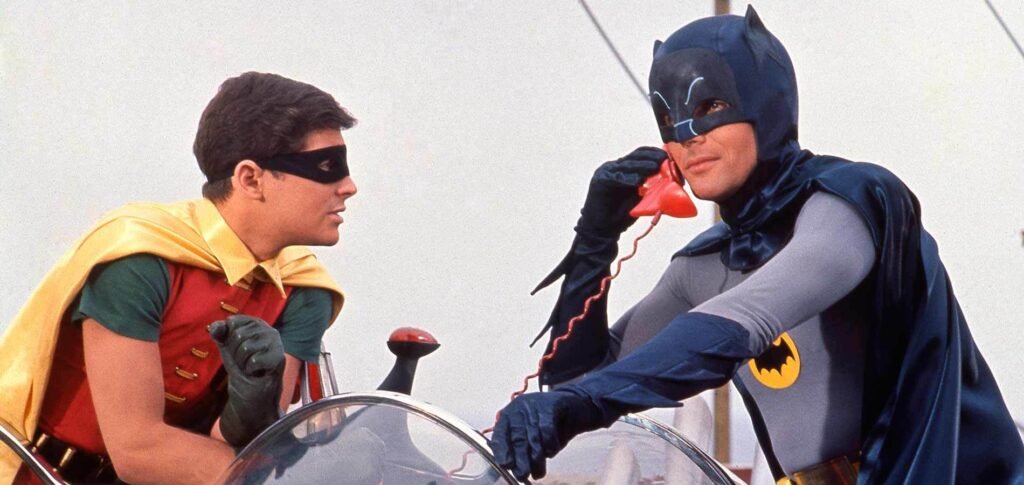
The Dark Knight Returns: 1970s-1980s
As the 1970s began, the Batman comics underwent a significant shift. Writers like Dennis O’Neil and artist Neal Adams returned Batman to his noir-inspired roots. Their stories emphasized detective work, psychological depth, and a more serious tone. Villains like the Joker were reimagined as menacing psychopaths, restoring the fear and danger that had been lost during the campy years.
This darker, grittier Batman culminated in Frank Miller’s The Dark Knight Returns (1986), a groundbreaking graphic novel that depicted an older, battle-hardened Bruce Wayne coming out of retirement. Miller’s work redefined Batman as a morally complex antihero, paving the way for Batman’s portrayal in the years to come.
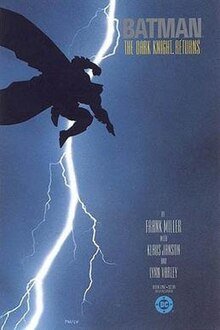
The Tim Burton Era and Beyond: 1989-1990s
In 1989, director Tim Burton brought Batman back to the big screen with Batman, starring Michael Keaton. The film was a massive success, blending gothic aesthetics with action-packed spectacle. It marked the beginning of Batman’s dominance in film and established the character as a blockbuster property. Burton’s follow-up, Batman Returns (1992), further solidified Batman’s cinematic appeal with its dark, stylized vision of Gotham.
The 1990s, however, saw a shift in Batman’s movie fortunes. Joel Schumacher’s Batman Forever (1995) and Batman & Robin (1997) reverted to the campy tone of the 1960s, with neon colors, cheesy one-liners, and exaggerated characters. The latter film, in particular, was widely panned, leading to a temporary halt in Batman films.
In the world of comics, the 1990s gave birth to iconic storylines like Knightfall, which introduced the villain Bane and saw Batman temporarily replaced after being physically broken. The decade also expanded Batman’s lore with the animated series Batman: The Animated Series (1992-1995), which remains one of the most acclaimed adaptations of the Dark Knight.
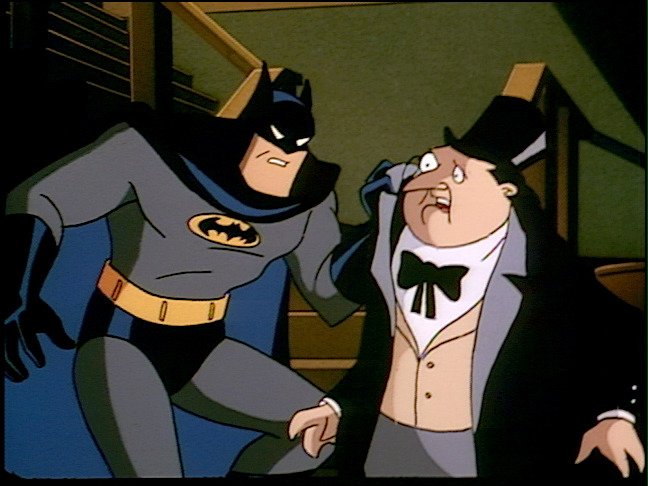
The Christopher Nolan Trilogy: 2000s
The early 2000s marked a rebirth for Batman on film, thanks to director Christopher Nolan. Batman Begins (2005) rebooted the character with a grounded, realistic origin story, exploring Bruce Wayne’s journey from traumatized child to masked vigilante. Nolan’s trilogy reached its peak with The Dark Knight (2008), featuring Heath Ledger’s unforgettable portrayal of the Joker. The film was both a critical and commercial hit, redefining superhero movies with its mature themes and complex characters. The trilogy concluded with The Dark Knight Rises (2012), cementing Nolan’s vision as one of the defining interpretations of Batman.
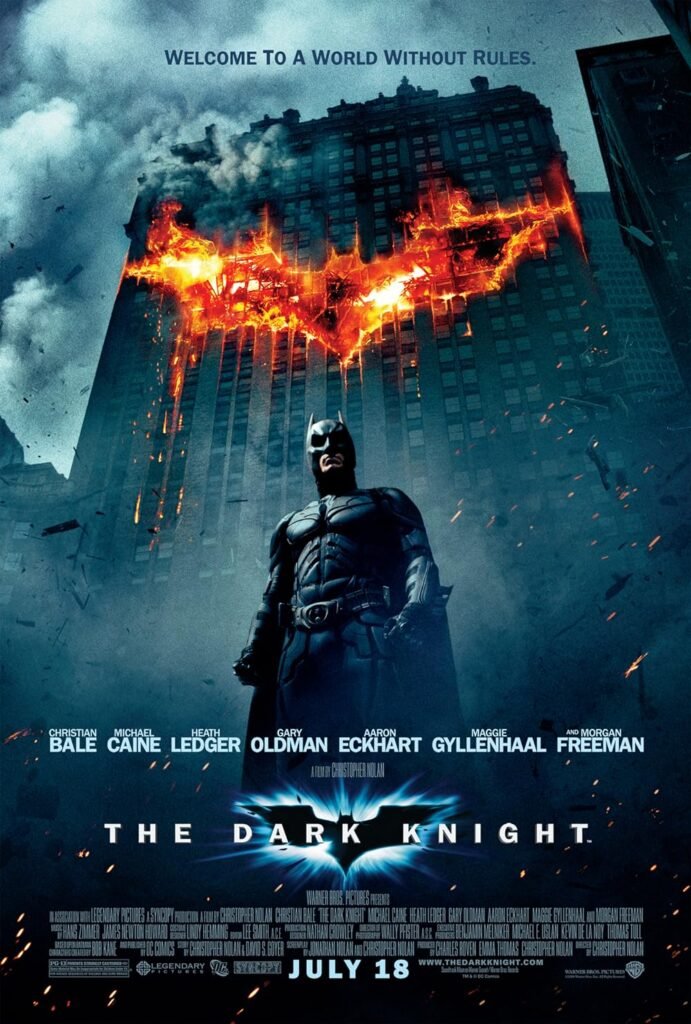
Batman in the DCEU and Modern Era: 2010s-Present
Following Nolan’s trilogy, Batman became a key figure in the DC Extended Universe (DCEU), starting with Batman v Superman: Dawn of Justice (2016), where Ben Affleck took on the role. This older, battle-weary Batman was both praised and criticized for his darker, more brutal approach. While the DCEU’s reception has been mixed, Batman’s role in films like Justice League (2017, 2021) kept the character in the spotlight.
In 2022, Batman underwent yet another reinvention with The Batman, directed by Matt Reeves and starring Robert Pattinson. This version leaned heavily into Batman’s detective roots, offering a gritty, noir-driven take that was well-received by fans and critics alike.
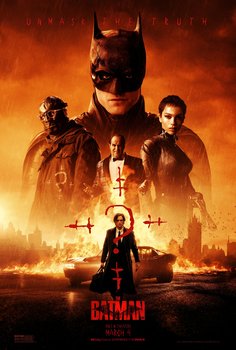
Batman’s Enduring Legacy
Over 80 years since his creation, Batman remains a cultural icon, constantly reinvented to reflect changing times while staying true to his core identity: a hero defined by tragedy, determination, and a relentless pursuit of justice. From comics and television to movies and video games, Batman’s versatility and depth continue to captivate generations of fans. The Dark Knight’s journey is far from over, and as long as there’s darkness in the world, Batman will be there to confront it.
Batman’s history is a rich tapestry of artistic vision, cultural shifts, and enduring themes. From his noir origins to blockbuster films, his evolution mirrors our own fascination with heroes who walk the line between light and shadow. Batman’s legacy is not just as a superhero, but as a timeless figure who speaks to our need for justice, resilience, and hope. The Dark Knight will always rise.
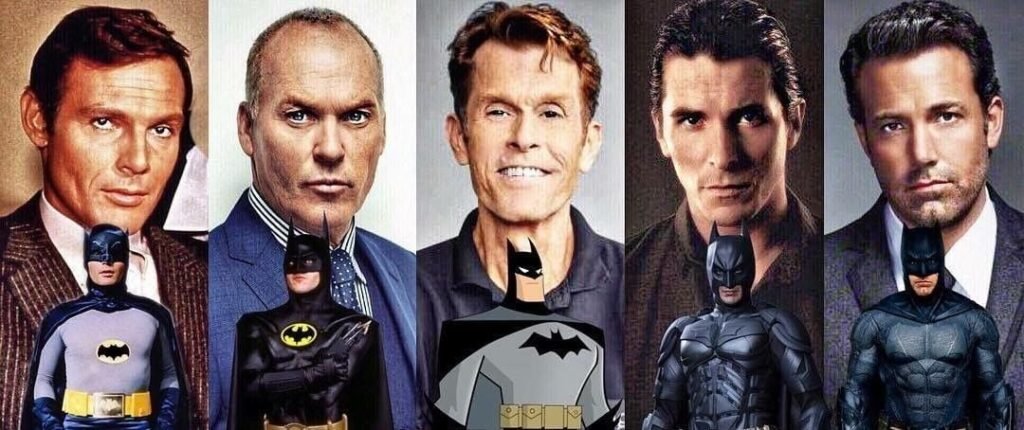
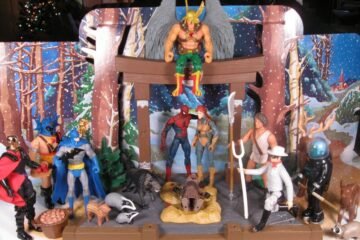
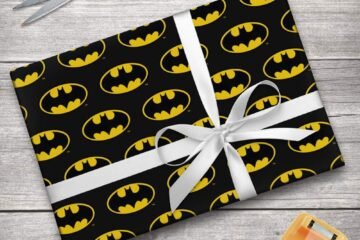
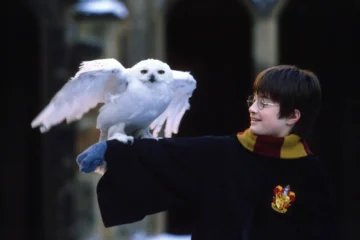
0 Comments